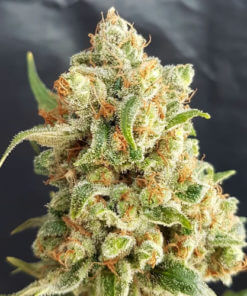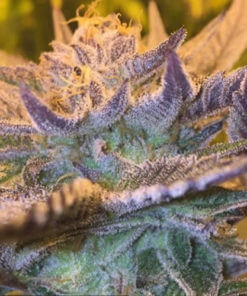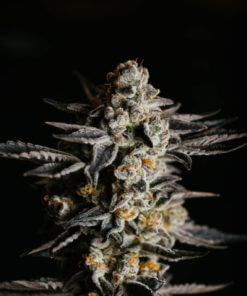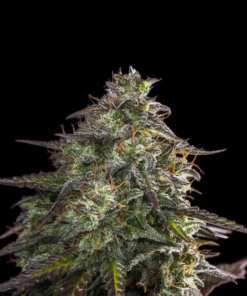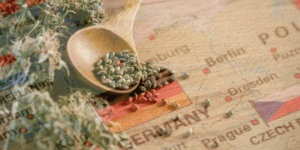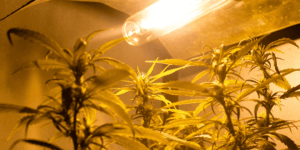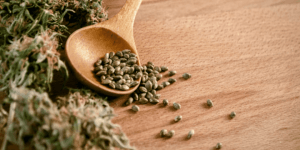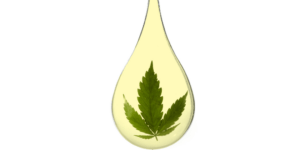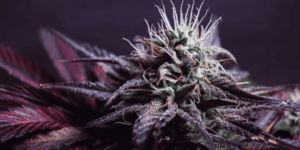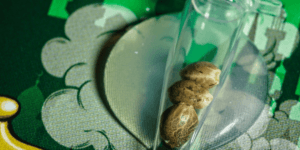Uncategorized
A Deep Dive into the World of Cannabis Terpenes
Cannabis isn’t just about THC and CBD; there’s another set of players shaping its character — terpenes. In this extensive exploration, we will venture into the world of cannabis terpenes, exploring their definitions, functions, and their profound impact on the overall cannabis experience.
Understanding Cannabis Terpenes
To comprehend the essence of terpenes, it’s essential to start with their fundamental definition. Terpenes are a diverse class of organic compounds produced by various plants, including cannabis. These aromatic hydrocarbons are responsible for the wide array of scents and flavours associated with different strains of cannabis. In fact, over 200 different terpenes have been identified in the cannabis plant, each playing a unique role in shaping its aromatic profile.
Terpenes serve various functions (survival, reproduction, and interactions with the environment) in plants. These functions extend beyond their aromatic properties and include:
- Defence Mechanism
Terpenes act as a natural defence mechanism for plants, deterring herbivores and insects. The strong scents produced by certain terpenes can repel potential threats, protecting the plant from being consumed or damaged. - Attracting Pollinators
Some plants use terpenes to attract pollinators, such as bees and butterflies, by emitting specific scents that signal the presence of nectar. This helps ensure successful pollination, a crucial step in the plant’s reproductive cycle.
Terpenes are synthesized in the trichomes of the cannabis plant, which are the resin glands responsible for producing cannabinoids, such as THC and CBD. These compounds not only contribute to the plant’s distinct aroma but also have potential therapeutic effects that can impact the overall impact of the cannabinoids present.
Shop Feminised Cannabis SeedsCommon Cannabis Terpenes
- Myrcene
Function: Myrcene is one of the most abundant terpenes in cannabis, renowned for its sedative effects. It is believed to enhance the permeability of cell membranes, facilitating a quicker onset of action for cannabinoids like THC.
Effect: Known for its relaxing properties, it is a key player in the entourage effect.
The entourage effect is a phenomenon that describes the synergistic interaction of various compounds, including cannabinoids, terpenes, and other phytochemicals, in the cannabis plant. This interaction is believed to enhance the overall effects of the plant’s individual components when they are consumed together, as opposed to in isolation.
- Limonene
Function: Limonene is a terpene found in high concentrations in citrus fruits and various cannabis strains. It is associated with elevated mood and stress relief and is believed to have antibacterial and antifungal properties.
Effect: The uplifting and mood-enhancing properties of limonene make it a favourite among those seeking strains with a refreshing and citrusy profile.
- Pinene
Function: As the name suggests, pinene is found in pine trees. It is believed to enhance alertness and memory retention, counteracting some of the memory impairment associated with THC.
Effect: Strains rich in pinene often promote mental clarity.
- Caryophyllene
Function: Caryophyllene is unique among terpenes as it can also interact with CB2 receptors in the endocannabinoid system, making it a cannabinoid-terpene hybrid. It is often found in black pepper, cloves, and cannabis.
Effect: Caryophyllene may contribute significantly to the entourage effect.
- Humulene
Function: Humulene is known for its appetite-suppressant properties and is found in hops, sage, and ginseng, in addition to cannabis.
Effect: Humulene contributes to the earthy and woody aromas in cannabis, providing a diverse sensory experience.
Terpenes vs. Cannabinoids
While both terpenes and cannabinoids are compounds found in cannabis, they serve distinct roles. Terpenes contribute primarily to the aroma and flavour, creating the unique profile of each strain, while cannabinoids interact with the endocannabinoid system, influencing mood, appetite, and other physiological processes.
Do Terpenes Make You High?
This leads us to a common question: Do terpenes make you high? The straightforward answer is no. Terpenes, in and of themselves, do not induce a psychoactive high. While they can modulate the effects of cannabinoids, particularly THC, they primarily influence the aromatic and flavour profiles of cannabis strains.
Shop Autoflowering Cannabis SeedsThe Impact of Terpenes on Cannabis Quality
Terpenes play a vital role in determining the overall quality of cannabis. The entourage effect, a phenomenon where cannabinoids and terpenes work together synergistically, enhances the therapeutic benefits of cannabis. A diverse terpene profile often indicates a more robust and nuanced strain, offering a richer and more satisfying experience for users.
The terpene profile is an essential aspect considered by cannabis enthusiasts when selecting strains for various purposes, whether for relaxation, creativity, or therapeutic relief. A meticulously cultivated and well-preserved terpene profile not only contributes to the overall sensory experience but also hints at the potential therapeutic effects one can expect from a particular strain. So, in the quest for quality cannabis, understanding terpenes provides a more comprehensive perspective.
Summary:
- Terpenes, aromatic compounds found in cannabis, contribute to flavour and aroma.
- Over 200 terpenes exist in cannabis, each with unique functions and effects.
- Common terpenes like myrcene, limonene, pinene, caryophyllene, and humulene have distinct functions and contribute to the entourage effect.
- Terpenes and cannabinoids serve different roles; terpenes do not induce a high.
- Terpenes enhance the quality of cannabis, contributing to the entourage effect and providing a more nuanced experience.
- A well-preserved terpene profile is indicative of a more holistic and effective strain, beyond just THC and CBD percentages.


